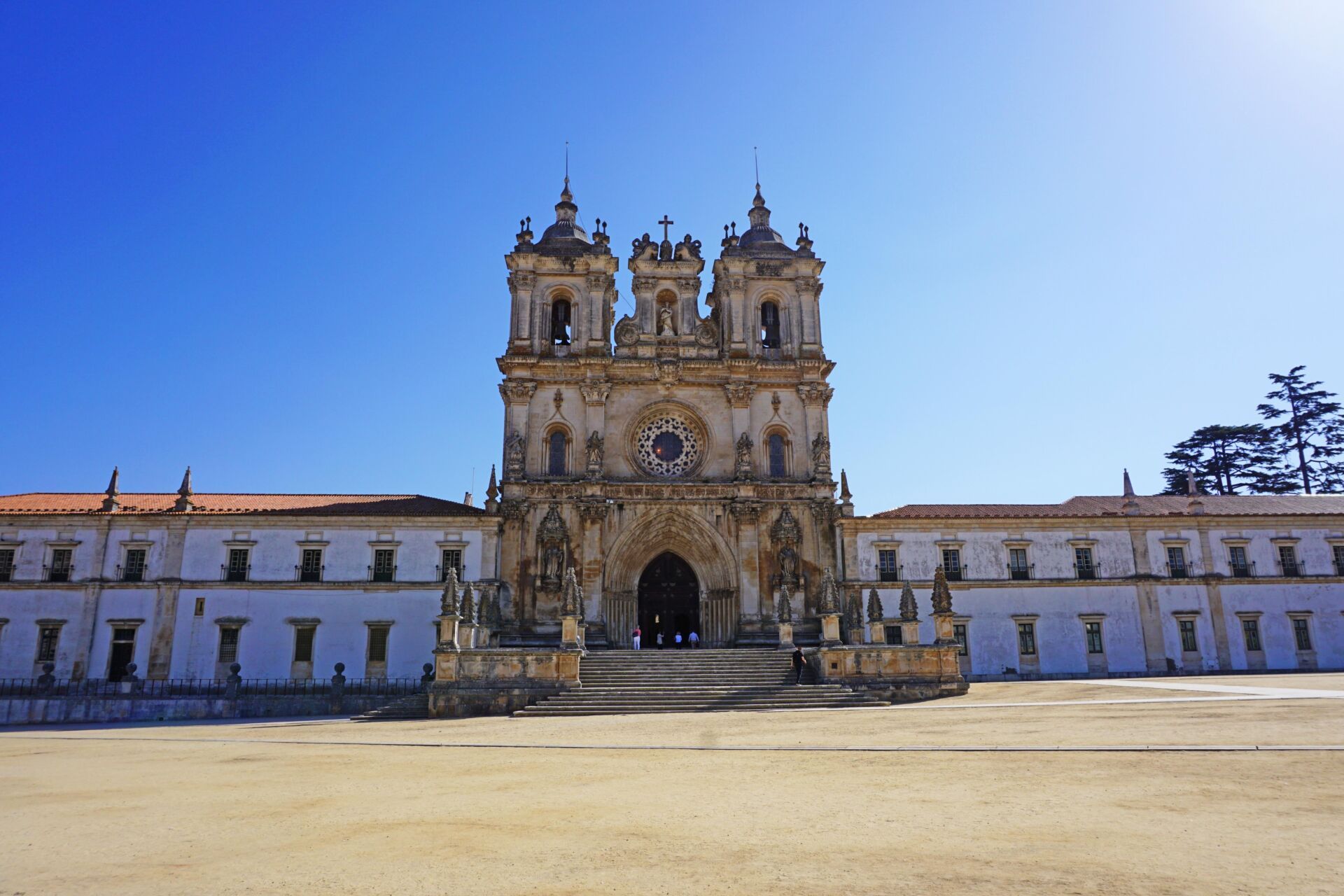
Ever wondered about the Alcobaça Monastery? This stunning piece of architecture in Portugal holds centuries of history within its walls. Founded in 1153 by the first Portuguese king, Afonso I, it stands as a testament to medieval Cistercian architecture. The monastery is not just a building; it's a storybook of Portugal's past. From royal burials to its role in the Reconquista, every corner whispers tales of yesteryears. Why is Alcobaça Monastery so significant? Its UNESCO World Heritage status and the intricate Gothic design make it a must-visit. Ready to dive into 16 fascinating facts about this historic gem? Let's get started!
Key Takeaways:
- Alcobaça Monastery, a UNESCO World Heritage Site, showcases a blend of Gothic and Baroque architecture, and holds the tombs of Pedro and Inês, symbolizing eternal love.
- The monastery, founded in 1153, served as a center of learning and agriculture, and continues to attract thousands of visitors each year, preserving Portugal's rich cultural heritage.
Alcobaça Monastery: A Historical Marvel
Alcobaça Monastery, located in Portugal, is a stunning example of Gothic architecture. Its rich history and cultural significance make it a must-visit destination.
-
Founded in 1153: The monastery was established by the first Portuguese King, Afonso I, as a gift to Bernard of Clairvaux and the Cistercian Order.
-
UNESCO World Heritage Site: In 1989, UNESCO recognized the monastery for its cultural and historical importance.
-
Largest Church in Portugal: The church within the monastery is the largest in Portugal, measuring 106 meters in length.
Architectural Wonders of Alcobaça Monastery
The monastery's architecture is a blend of Gothic and Baroque styles, showcasing the evolution of design over centuries.
-
Gothic Style: The original structure is a prime example of early Gothic architecture in Portugal.
-
Baroque Additions: In the 18th century, Baroque elements were added, including the ornate facade.
-
Rose Window: The stunning rose window on the facade is a highlight of the Gothic design.
The Monks and Their Daily Life
The Cistercian monks who lived in the monastery followed strict routines and contributed significantly to its upkeep and development.
-
Strict Routine: Monks followed a strict daily routine of prayer, work, and study.
-
Agricultural Contributions: They were skilled in agriculture, helping to develop the surrounding lands.
-
Scriptorium: The monastery housed a scriptorium where monks copied and preserved important texts.
The Tombs of Pedro and Inês
The tragic love story of Pedro and Inês is immortalized in the monastery, drawing many visitors.
-
Royal Tombs: The tombs of King Pedro I and his beloved Inês de Castro are located in the church.
-
Intricate Carvings: Their tombs feature intricate carvings depicting scenes from their lives.
-
Eternal Love: The tombs face each other, symbolizing their eternal love.
Cultural and Historical Significance
Alcobaça Monastery has played a crucial role in Portuguese history and culture.
-
Royal Patronage: The monastery enjoyed royal patronage, receiving numerous donations and privileges.
-
Educational Center: It served as an important center of learning and education during the Middle Ages.
-
Library: The monastery's library was one of the largest in Portugal, housing many rare manuscripts.
Modern-Day Alcobaça Monastery
Today, the monastery is a popular tourist destination and a site of ongoing preservation efforts.
- Tourist Attraction: It attracts thousands of visitors each year, eager to explore its history and architecture.
The Alcobaça Monastery stands as a testament to Portugal's rich cultural heritage, offering a glimpse into the past through its stunning architecture and historical significance.
Alcobaça Monastery: A Timeless Marvel
Alcobaça Monastery stands as a testament to Portugal's rich history and architectural brilliance. This UNESCO World Heritage site, founded in 1153, showcases stunning Gothic architecture and houses the tombs of King Pedro I and Inês de Castro. The monastery's vast library once held thousands of manuscripts, reflecting its importance as a center of learning.
Visitors can marvel at the intricate details of the church, cloisters, and chapter house. The kitchen, with its massive chimney, offers a glimpse into medieval monastic life. Alcobaça Monastery's serene atmosphere and historical significance make it a must-visit destination for history buffs and architecture enthusiasts alike.
Whether you're exploring the grand halls or reflecting in the peaceful gardens, Alcobaça Monastery provides a unique window into Portugal's past. Its enduring beauty and cultural importance ensure it remains a cherished landmark for generations to come.
Frequently Asked Questions
Was this page helpful?
Our commitment to delivering trustworthy and engaging content is at the heart of what we do. Each fact on our site is contributed by real users like you, bringing a wealth of diverse insights and information. To ensure the highest standards of accuracy and reliability, our dedicated editors meticulously review each submission. This process guarantees that the facts we share are not only fascinating but also credible. Trust in our commitment to quality and authenticity as you explore and learn with us.


